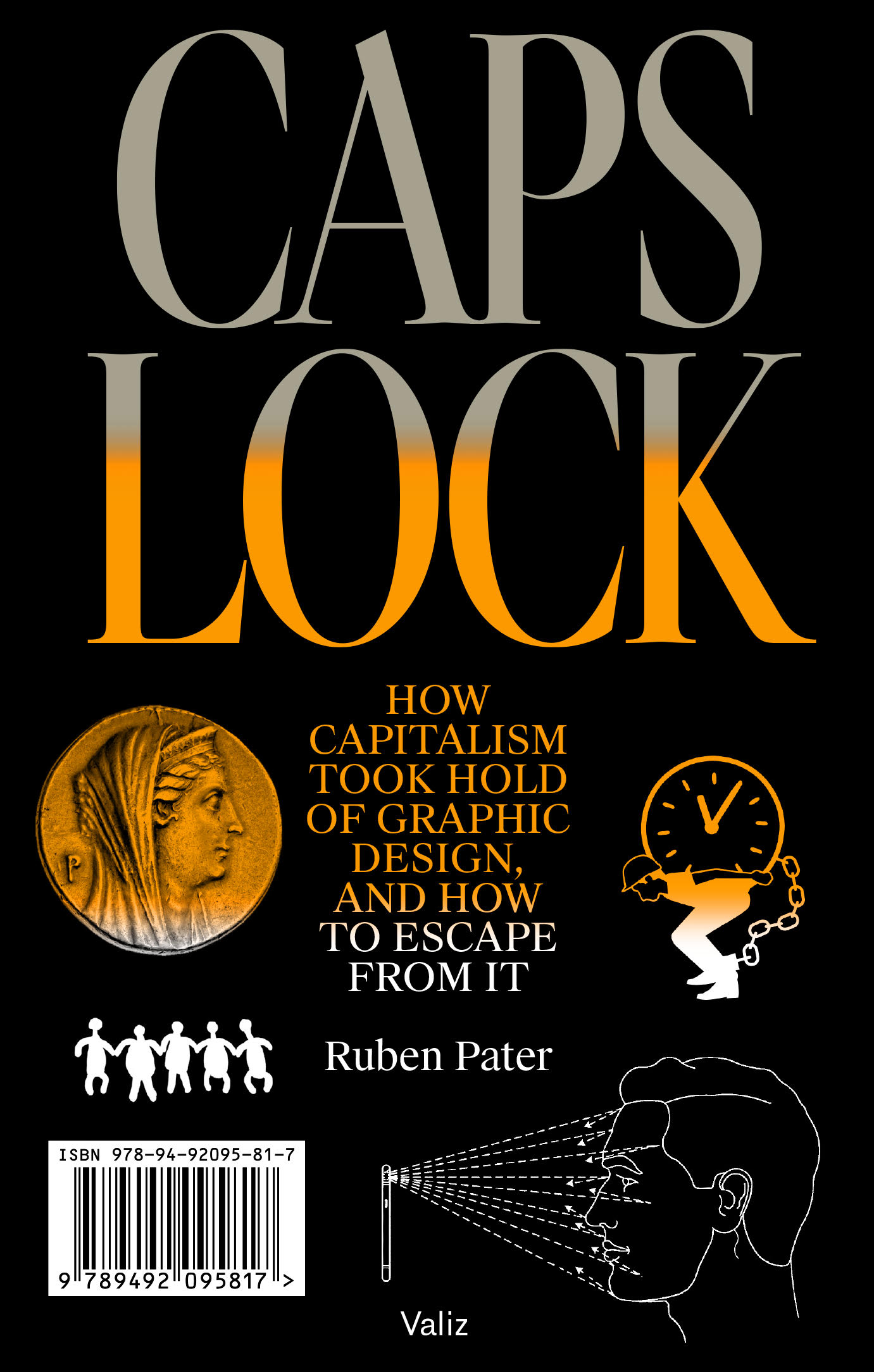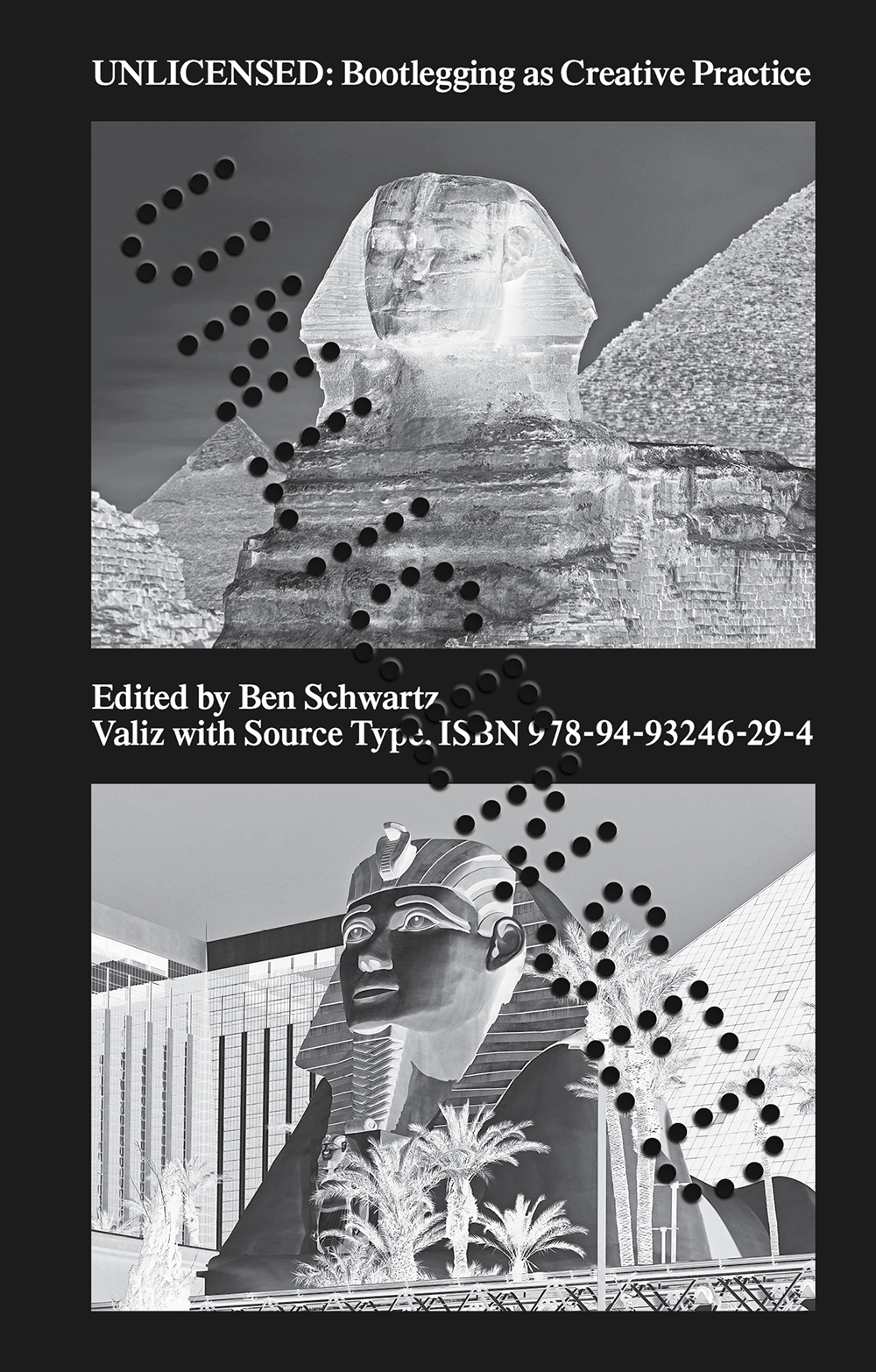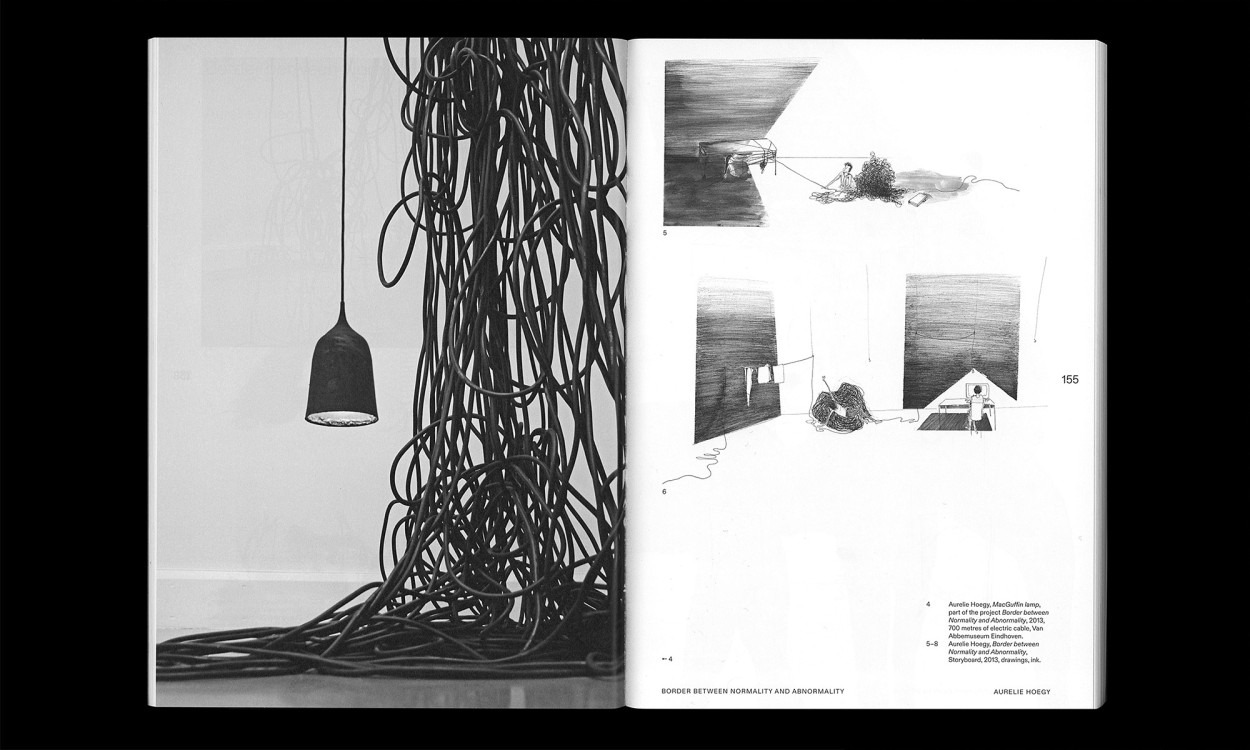The Auto-Ethnographic Turn in Design

- Auto-ethnography gives an authority to the designer as someone with something to say and a means to say it
- Puts forward a broad scope of what auto-ethnographic design entails: situating the designer at the heart of the research and connecting this position to the culture of design and the broader cultural realm
- Contains a wide variety of both conversations as well as practices related to this important turn within design
Editors: Louise Schouwenberg en Michael Kaethler
Contributions: Anna Aagaard Jensen, Gijs Assmann, Bruno Baietto, Jurgen Bey, Joel Blanco, Théophile Blandet, Jan Boelen, Hsin Min Chan, Chongjin Chen, Meghan Clarke, Adelaide Di Nunzio, Billy Ernst, Hi Kyung Eun, Teresa Fernández-Pello, Andrea Gaspar, Konstantin Grcic, Metincan Güzel, Jing He, Aurelie Hoegy, Michael Kaethler, Hicham Khalidi, Žan Kobal, Lorraine Legrand, Gabriel .A. Maher, Micheline Nahra, Thomas Nathan, Miguel Parrrra, Timo de Rijk, Marie Rime, Sjeng Scheijen, Bianca Schick, Louise Schouwenberg, Carlos Sfeir Vottero, Weixiao Shen/申薇笑, Matilde Stolfa, Oli Stratford, Marianne Theunissen, Goda Verikaitė, Erik Viskil, Barbara Visser, Ben Shai van der Wal
Design: Irene Stracuzzi
2021, Valiz, with support of Stimuleringsfonds Creatieve Industrie, Design Academy Eindhoven | Pb | 24 × 17 cm (h × b) | 336 pp. | English | October 2021 | ISBN 978-94-93246-04-1 | 2nd print | POD-version | € 27,90
In the media:
- Read the review in Design and Culture (April 27th 2022)
The Auto-Ethnographic Turn in Design is emerging from a growing recognition of design’s capacity to make sense of one’s world while at the same time to express and convey this personal insight or knowledge through rich, layered, and ultimately meaningful processes or objects. Auto-ethnographic design seeks to come to terms with one’s context and self—as well as the materiality that mediates these two. In doing so, it offers a vision of design that is free of commercial commissions, assumed users’ needs, or well-intentioned do-goodism, and reveals a sincerity and genuine commitment in the process of design that is too often missing.
The book is divided between ‘Ideas and Dialogues’ (reflections and conversations between critics, theorists, educators, and practitioners), which ground conceptions of auto-ethnography and the ‘self’ and explore how experiences can be relevant and meaningful starting points for design and visual art; and ‘Projects and Practices,’ which embody auto-ethnographic qualities—whereby design objects and practices are embedded with personal sentiments, experiences, desires, fears, and more.
Related articles
CAPS LOCK

UNLICENSED

Disarming Design
FORTHCOMING



















